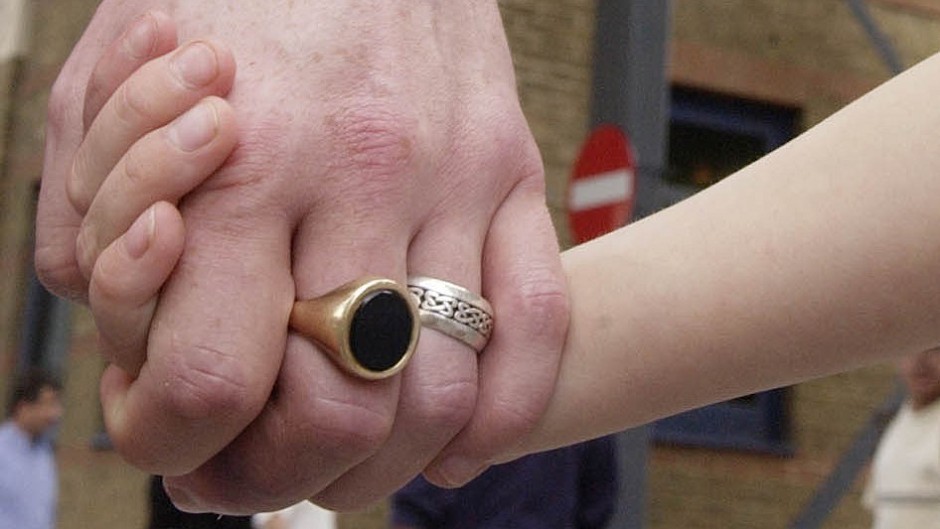During National Adoption Week, which has just ended, I had the pleasure of introducing Deputy First Minister John Swinney to a group of adopted children who had written poems about the difficulties they have faced.
There is a common misconception that adopted children are “the lucky ones” who are “all right now”, when in fact they have come from the most traumatic backgrounds of all, necessitating complete removal from their birth families.
The Scottish Government has begun to recognise this in recent years, with more attention and funding devoted towards adopted children to help them come to terms with their trauma and fulfil their potential.
However, if there is no joined-up thinking across the state system, all the effort and taxpayers’ money is wasted, as I know from personal experience.
Last February, Moray councillors decided to charge for school bus transport, which had previously been provided free at the discretion of head teachers. As a result of that, there is no allowance made for parents who may have a good reason for sending their child to a school outside their zoned area.
Apparently there was “consultation” at the time, although the first we heard of it was on the first day of this term when we were told our adopted son was losing his free bus pass.
Like many adopted children, our son has struggled in school. Adopted children are 20 times more likely to be excluded and achieve about half as well as their peers in examinations.
The first three years of our son’s education was disrupted by being taken into care, his desperation to be loved meant that he was disruptive to get attention and, when we adopted him, he was already at least 18 months behind his peers.
After fantastic support from the local primary school and years of tears and tantrums while he battled to catch up, we decided our son would have the best chance if we sent him to a secondary school just outside our catchment area.
It had a bigger range of clubs and sporting events where he could build his self-confidence in non-academic subjects, and it also had better academic outcomes.
Happily, the bus for this school ran right past our gate and there were plenty of empty seats. Our son settled in well and got decent school reports for the first time in his life.
Then Moray Council decided its radical plan for budget cuts. We now have to pay £370 a year for the bus, or move him to a different school in our catchment area.
The irony is that, had he stayed in foster care, our son would have had school transport provided for free because it is assumed that all children in care have additional support needs.
Moray Council says that its priority in education is to “ensure equity and raise attainment”, but if adoptive parents are going to be charged £370 per year to send their child to the best local school it will put them off and the attainment gap will never be closed. It runs completely contrary to the Scottish Government’s Getting It Right For Every Child strategy, which says professionals should work together in the interests of the child.
I’ve even been told the bus pass can’t be covered by new funding given to local authorities for Care Experienced Children and Young People – specifically designed to help address poor attainment – even though a bus pass wouldn’t cost the council or bus company a penny because the bus goes past our house.
It says “there is no requirement for the authority to support school travel arrangements for a pupil attending a school other than their zoned school” and that “there is no specific allowance in the placing request policy for adopted children”.
At the National Adoption Week poetry event, the difficulties they faced was described perfectly. They have to “pedal harder” to achieve the same educational outcomes as their peers.
So the Scottish Government enacts legislation to support disadvantaged children and provides funding to local authorities and charities who offer counselling and support, but when it comes to the one thing that could really help an adopted child, which had already shown proven benefits, it seems closed minds still call the shots.

